A Million Year Old Sunken Treasure
The Pulley Ridge Coral Reef System is a mesophotic coral reef system, which is believed to be a sunken island that submerged under the sea millions of years ago. This reef system is amazing in that even though it lies at depths as much as 250 feet, it is still a light-dependent coral reef system, which is unusual for a deep water reef.
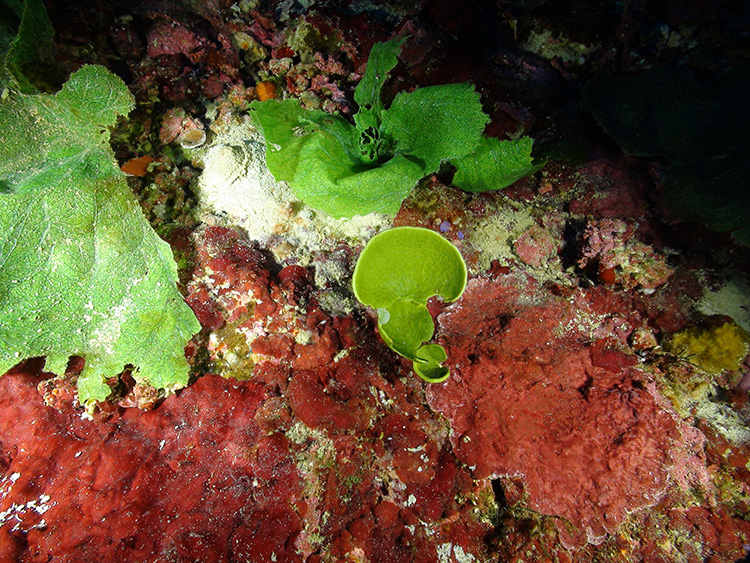
A mesophotic coral reef system is classified as a reef that exists in very low-light availability areas where photosynthesis happens despite this lack of light. In these types of reefs, corals, algae, and sponges make up the bulk of the structural components of the reef system.
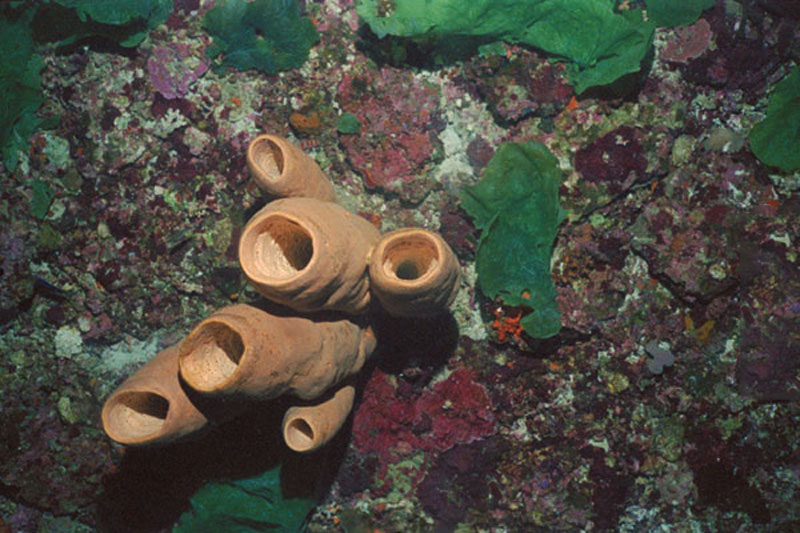
These reefs lie off the coasts of the continental United States, 100 miles west of the Tortugas Ecological Reserve in the Florida Keys. These reef are 60 miles long.
Scientists are puzzled about how the agaricia coral survive and thrive in deep water with such little light. Other coral reefs lie no deeper than 150 feet, but the Pulley Ridge reef sits below 250 to 275 feet of water, coral ecologist Wes Tunnell said. The 10-day research trip allowed some of the leading coral researchers to explore the relationships among coral, bioluminescent algae, red grouper and other creatures that call the reef home.
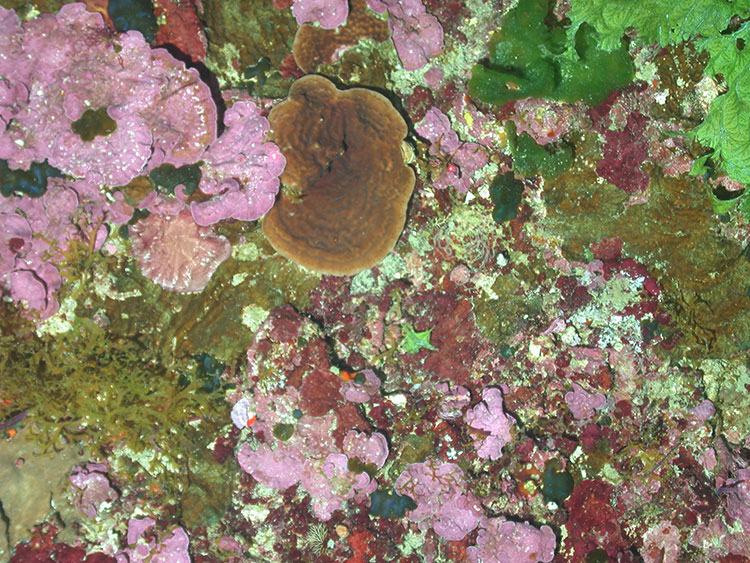
In fact, scientists only discovered this coral reef system in 1999 due to both its depth and its particular remoteness in the Gulf of Mexico’s most southern parts. Pulley Ridge lies at depths once not attempted by divers, at 175 to 250 feet. This is one reason for its late discovery. Pulley Ridge lies around 100 miles west of Key West. It is 20 miles long and 3 miles wide at its widest point.
Scientists hope that if they can figure out what makes a reef live in such great depths, they might be able to somehow replicate these conditions to keep our other coral reefs alive. Therefore, scientists are hard at work, studying the reciprocal, symbiotic relationships among the coral, the fish (especially Red Grouper), the bioluminescent algae, and other creatures that live there.
The late discovery of this coral reef is due, of course, to its depths – too low for any ship to encounter. Some students diving in the area in 1955 first discovered the reef, but scientists did not discover the reef until 1999.
Waters Too Deep for Photosynthesis? Or Not?
Another highly interesting fact about this reef system is that even though, like most reefs, it requires photosynthesis to live, which is why most reefs lie in shallow waters, the Pulley Ridge system lies in waters so dark one would think photosynthesis would be impossible.
However, these reefs are the healthiest reefs in the world. Because of its depths, it has been saved from dangers that threaten the existence of other reefs, such as global warming, coral bleaching, and ill health.
This reef is of great interest to scientists who both want to research the unusual marine life and corals found here as well as compare the biology of the reefs themselves to more shallow water reef systems.
Glowing Algae May Save Lives
During exploration of this coral reef system, scientists found a unique type of bioluminescent algae, that they believe is responsible for keeping it and the red grouper that thrive here, happily alive.
Now, this bioluminescent algae is a very important and unusual aspect of this coral reef. In fact, this is the only coral reef to have any kind of bioluminescent symbiotic relationship with animals, algae, and coral, in the world. The coral on the reef is exceptionally healthy compared with many shallow reefs in the Florida Keys and Caribbean.
As the Tampa Bay Times notes,
The answer to Pulley Ridge’s coral health could be tied to another symbiotic relationship, between the coral and a bioluminescent bacteria. Scientists discovered bacterial strains that glow in the dark and range in intensity and color from a neon green to greenish blue, said Kim Ritchie, manager of microbiology research at Mote Marine Laboratory in Sarasota, who likens the bacteria’s properties to ‘superpowers.’
http://www.sptimes.com/2005/08/21/State/Pulley_Ridge_coral_of.shtml
The iridescent multicolor coral called agaricia served as the main lure to Pulley Ridge. Scientists collected samples of the red, purple and blue lettuce-like coral and its neighboring green, leafy algae called anadyomene.
Neon Algae with Superpowers?
The algae in the Pulley Reef system glows in heretofore-unseen neon pinks, blues, and greens. And scientists believe the algae to have superpowers never before witnessed in algae. Scientists are also hard at work trying to figure out if this bioluminescent alga glows because it absorbs light and keeps the coral alive in this way. They also believe these glowing algae attract zooplankton, which the coral feed on as well.
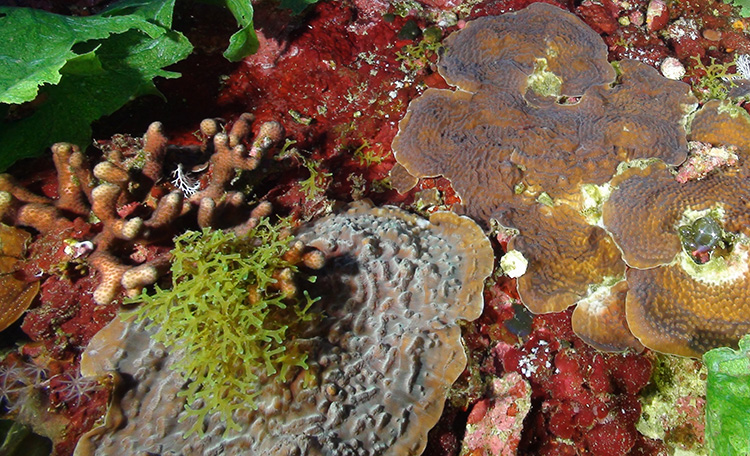
Glowing Corals Too!
The glowing, iridescent and brilliantly hued corals here lure many scientists and deep divers. Scientists sought to collect some of these unusual, lettuce shaped corals tinted in such unusual colors, to bring them to labs for study. The corals were in surprising colors of watermelon red, deep oranges, never-seen before shades of turquoise and cerulean blue. Scientists are hard at work studying the algae found upon them called anadyomene.
Life on Mars Again?
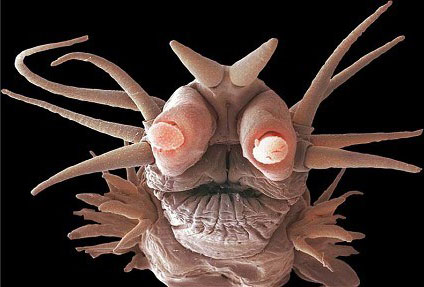
But upon recent dives in the area, scientists began to feel like they were visiting Mars with the unusual creatures they found here, mostly unusual purple worms and spineless creatures never before seen by the human eye.
Some of the unusual fish that can be found here are Rock Beauties, French Angelfish, Jackknife Fish, Blue Angelfish, Orangeback Bass, Red Grouper, Reef Butterfly, Spotfin Hogfish, Damselfish, Spotted Goatfish, Twospot Cardinalfish, Spotted Goatfish, and Short Bigeye.
